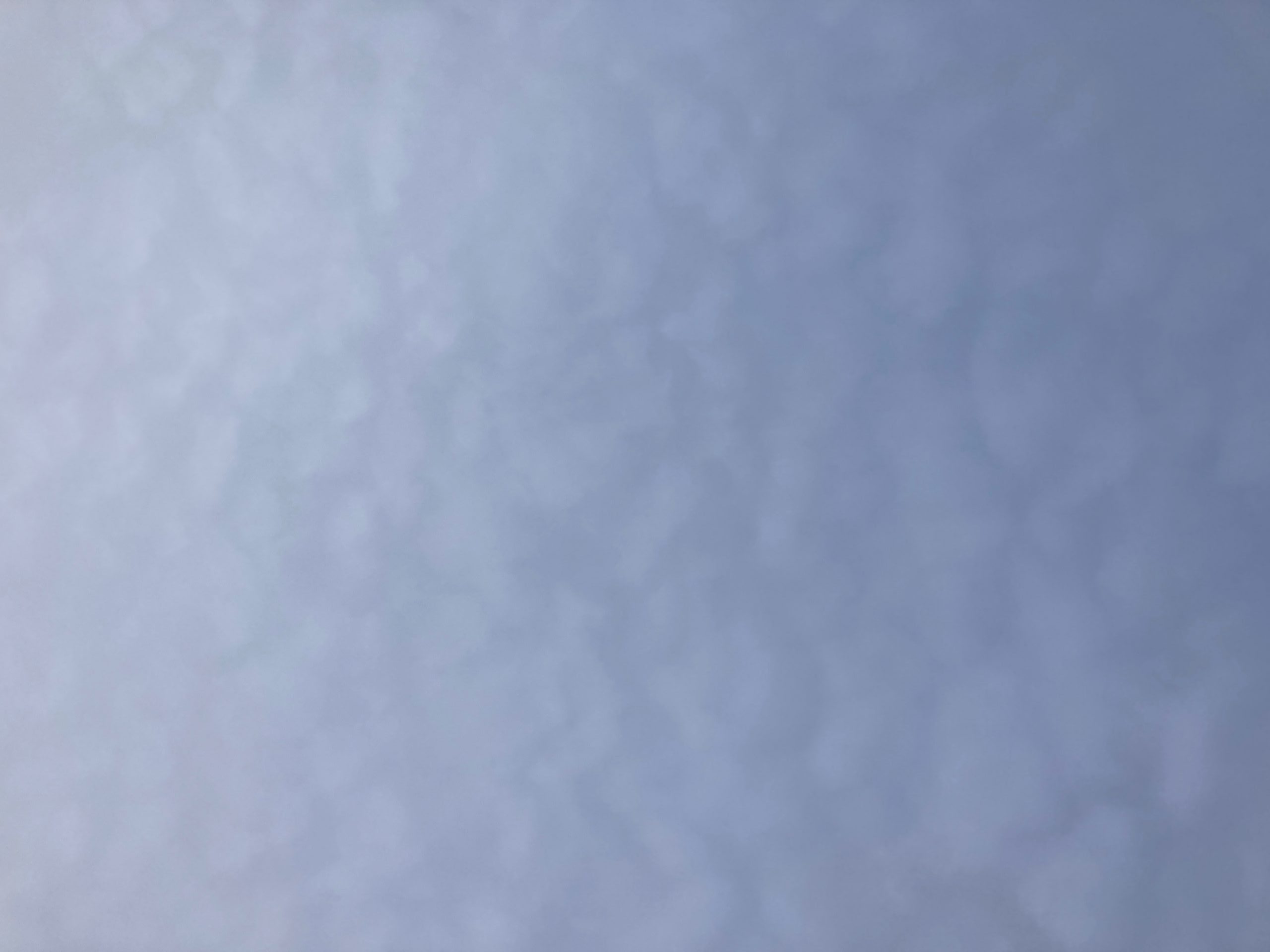Last night I dreamt that I was shucking snails. Not a particularly pleasant experience but perhaps prompted by my youngest son learning about exoskeletons and a final edit on a piece I did for Countryfile magazine where I mentioned that garden snails (Cornu aspersum) are mainly right coiled.
By this, I mean that the coiling side of a snail shell (only one side of the shell coils, the other provides the opening from which the snail emerges and retreats) coils clockwise ‘to the right’. In 2017, however, a snail was found that coiled to the left, swiftly named Jeremy in honour of Jeremy Corbyn – staunchly to the left and a fan of gardens.
The problem of having a left-coiled shell (officially known as sinistrality) among a vast population of right-coiled ones (known as dextrality) quickly makes itself abundantly clear when you consider how one is to mate. Right and left orientated shells are not a match made in heaven as their major internal organs including their genitals (found near their heads) are on opposite sides.
What Jeremy needed was a left-leaning mate and the hunt was quickly undertaken by scientists eager to explore the genetic potential of such a phenomenon. Two lefties were found but mated with each other before Jeremy got a look in producing 170 right-coiled offspring. And then when he finally got his turn, he and his left-coiled companion produced another 56 right-coiled garden gastropods. Good job we’re not talking politics.
There is hope for the minority however: because mutation is hereditary, it is thought that the left-swirling snail shell gene may eventually come into play several generations down.
It’s a fun fact but also quite a mind-blowing one that reminds us that so much of nature has a blueprint that can be incredibly precise. The Fibonacci sequence in sunflower seed-heads, the number of petals of a buttercup or wild rose (5), the rounded silhouette of a mature oak tree (when given the space to expand) or the number of days that swans incubate their eggs… all things that help us to identify different species and make sense of the world but also features that allow plants or animals to communicate and reproduce.
Looking forward to the day when I can throw such random facts into conversation at the pub rather than dreaming about them instead.

